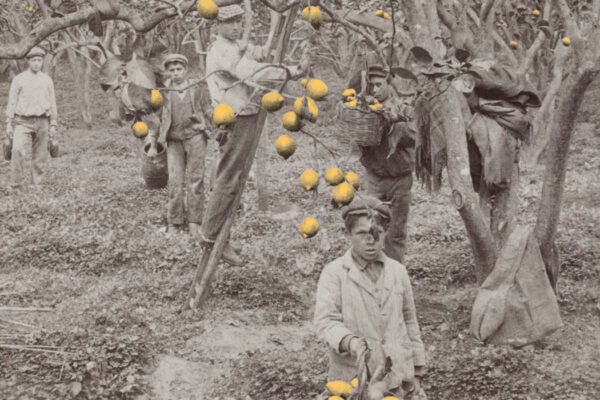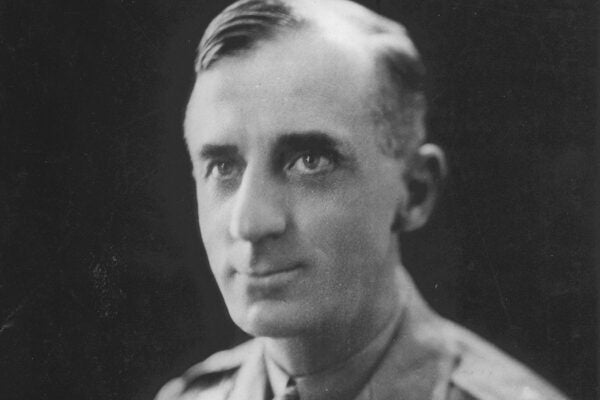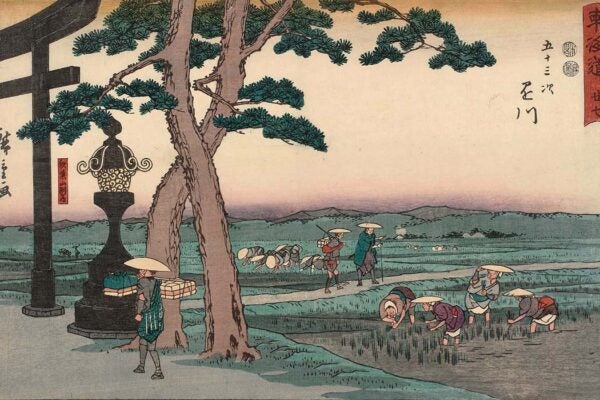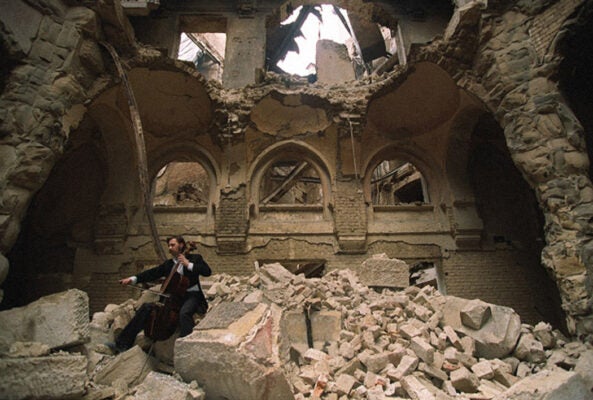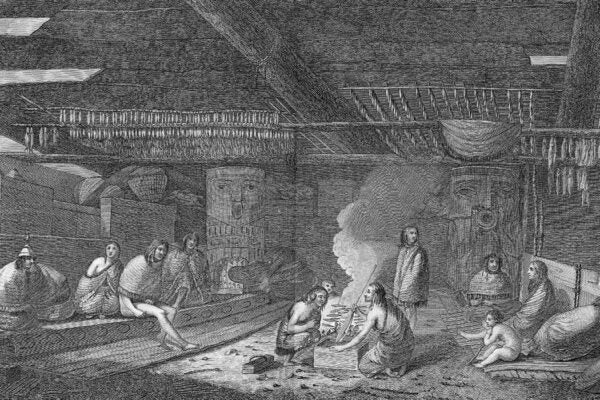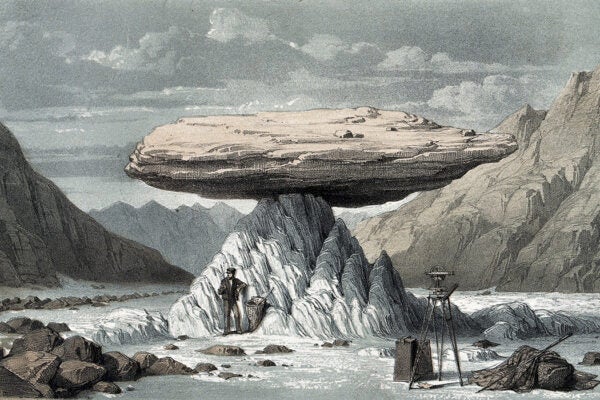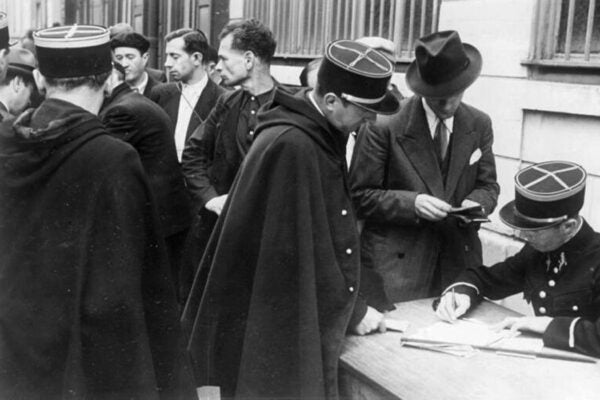The Lemon Gang: Citrus and the Rise of the Mafia
Poverty, disparities in wealth, widespread brigandage, and the dissolution of the feudal system enabled the predatory practices of Sicily’s citrus mafia.
The Wild West of Papal Conclaves
In the sixteenth and seventeenth century, the death of a pope led to all sorts of chaos, from the destruction of art to armed violence in the streets.
Genesis of the Modern American Right
During the Great Depression, financial elites translated European fascism into an American form that joined high capital with lower middle-class populism.
How a Rice Economy Toppled the Shogun
The co-existence of economies—one based on rice, the other on money—pushed the Tokugawa government toward financial misery and failure.
Whence Warchitecture
The targeted destruction of the built environment during the Bosnian War led to the emergence of a new term in the discourse of urbicide: warchitecture.
HMS Challenger and the History of Science at Sea
Sailing ships were once used as scientific instruments themselves, but in the 1800s, ships like the Challenger were transformed into floating laboratories.
Seeing Cannibals in the Enlightenment
The responses British and Spanish explorers had to the Nuu-chah-nulth (Nootka) people and their alleged cannibalism came down to imperialist goals.
Japanese Tourists at the Dancehall
For some young, working-class Japanese men and women, Jamaican reggae clubs offer an escape from cultural norms and a way to gain currency in the music world.
How Sports Shaped Glacier Science
The heroic masculinity that governed early glacial science had its roots in nineteenth-century British sporting culture.
Policing the Holocaust in Paris
Unlike in the rest of Nazi-occupied Europe, the arrest of Jewish people was largely in the hands of ordinary policemen in France, especially in Paris.
